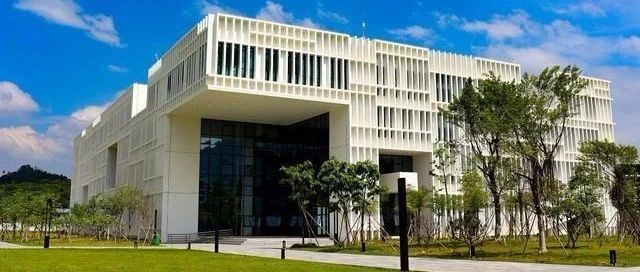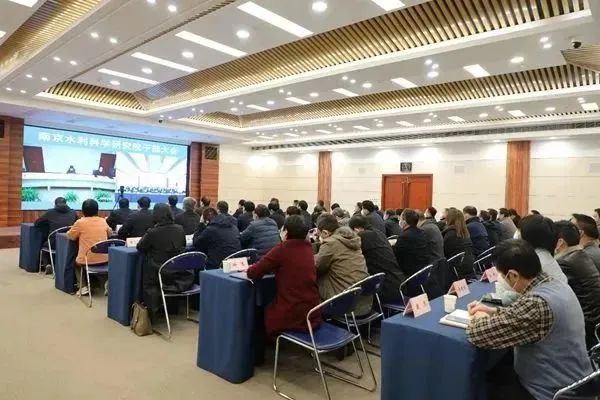
Eng. Sci. Technol. Int. J.
(IF 3.219)
Pub Date : 2020-06-25
摘 要
In this study, the submerged abrasive water jet turning (AWJT) system was used for improving machinability of castamide material and process parameters have been investigated comprehensively. Optimum parameters were determined as to minimize the surface roughness and maximize the material removal rate in the submerged turning process of castamide. 3-level traverse speed (TS), abrasive flow rate (AFR) and spindle speed (SS) were taken as the input parameters, and the experimental design was made as a full factorial design. The effect ratios of the input parameters were analyzed statistically by ANOVA and graphical methods, and their interactions were examined by 3D surface images. Optimum test condition was determined by TOPSIS and VIKOR methods. Experimental results were compared with conventional abrasive water jet process. In addition, regression equations were obtained for the explanation of the experimental results mathematically to show the relationships between the variables. According to the experimental results, submerged AWJT increased the surface roughness of castamide material by 15% compared to conventional AWJT and decreased the metal removal rate by 5.22%. ANOVA results showed that the traverse speed is the most effective parameter on the machinability of castamide. Traverse speed was found to be 83.11% effective on surface roughness and 85.56% on material removal rate. According to TOPSIS and VIKOR optimization results, 40 mm/min TS, 310 g /min AFR and 300 rpm SS values were determined as the optimum test conditions.
链接:
https://www.sciencedirect.com/science/article/pii/S2215098620302135
02

Eng. Sci. Technol. Int. J. (IF 3.219)
Pub Date : 2020-06-19
摘 要
The purpose of this study is to experimentally investigate thermal performance of Two Phase Closed Thermosyphon (TPCT) using nanofluid containing CuO nanoparticles at a mass concentration of 1% and 2% wt. For this purpose, an experimental setup was designed and manufactured which contains a copper pipe, 100 cm in length and 18 mm in the inner diameter. TPCT consists of three sections: the evaporator section (40 cm), adiabatic section (20 cm) and condenser section (40 cm). The evaporator section was wrapped with electrical spiral heater to apply heat, and whole section of TPCT was insulated. A cooling water circuit was used to remove the heat from condenser section. The temperatures were measured on the TPCT surface and cooling water inlet and outlet. The inclination angle of the TPCT was fixed at 90°. The effects of various parameters such as heat load (ranging from 200 to 800 W), cooling water flow rate (ranging from 18 to 54 l/h) and type of working fluid on the thermal performance of TPCT were examined. The results were plotted graphically and discussed in detail. As a result, the performance enhancement was established by using CuO/water nanofluids instead of pure water in TPCT. Approximately 10% and 18.5% enhancement were found when 1% CuO/water and 2% CuO/water nanofluids were used, respectively. In addition, TPCT thermal resistance was reduced averagely 25% and 35% with the use of 1%CuO/water and 2%CuO/water working fluids, compared to the base fluid pure water.
链接:
https://www.sciencedirect.com/science/article/pii/S2215098620305334
03

Eng. Sci. Technol. Int. J. (IF 3.219)
Pub Date : 2020-06-09
摘 要
A monitoring mechanism is vital for detecting malicious attacks against cyber systems. Detecting denial of service (DOS) and distributed DOS (DDOS) is one of the most important security challenges facing network technologies. This paper introduces a reliable detection mechanism based on the continuous ranked probability score (CRPS) statistical metric and exponentially smoothing (ES) scheme for enabling efficient detection of DOS and DDOS attacks. In this regard, the CRPS is used to quantify the dissimilarity between a new observation and the distribution of normal traffic. The ES scheme, which is sensitive in detecting small changes, is applied to CRPS measurements for anomaly detection. Moreover, in CRPS-ES approach, a nonparametric decision threshold computed via kernel density estimation is used to suitably detect anomalies. Tests on three publically available datasets proclaim the efficiency of the proposed mechanism in detecting cyber-attacks.
链接:
https://www.sciencedirect.com/science/article/pii/S2215098619313023
04

Eng. Sci. Technol. Int. J. (IF 3.219)
Pub Date : 2020-06-16
摘 要
Contamination of electroencephalogram (EEG) signals due to natural blinking electrooculogram (EOG) signals is often removed to enhance the quality of EEG signals. This paper discusses the possibility of using solely involuntary blinking signals for human authentication. The EEG data of 46 subjects were recorded while the subject was looking at a sequence of different pictures. During the experiment, the subject was not focused on any kind of blinking task. Having the blink EOG signals separated from EEG, 25 features were extracted and the data were preprocessed in order to handle the corrupt or missing values. Since spontaneous and voluntary blinks have different characteristics in terms of kinematic variables and because the previous studies’ control setup may have altered the type of blink from spontaneous to voluntary, a series of statistical analysis was carried out in order to inspect the changes in the multivariate probability distribution of data compared to the previous studies. Statistical significance shows that it is very likely that the blink features of both voluntary and involuntary blink signal are generated by Gaussian probability density function, although different than voluntary blink, spontaneous blink is not well discriminated with Gaussian. Despite testing several models, none managed to classify the data using only the information of a single spontaneous blink. Thereby, we examined the possibility of learning the patterns of a series of blinks using Gated Recurrent Unit (GRU). Our results show that individuals can be distinguished with up to 98.7% accuracy using only a reasonably short sequence of involuntary blinking signals.
链接:
https://www.sciencedirect.com/science/article/pii/S221509861931403X
05

Eng. Sci. Technol. Int. J. (IF 3.219)
Pub Date : 2020-06-02
摘 要
In the DCF framework, a crucial component except DCF trackers is the adopted feature map, especially when we need the tracker to be applied in practical. The powerful feature map from CNN achieves an outstanding performance when compared to the handcrafted feature (HOG, Color-Name), however, it makes the tracker slower and could not meet the need in the real-time scene. In this paper, we visualize the respective feature maps, filter, and location score from CNN, HOG and ColorName, to make a comparison. We also dig into the detail of the target label, for balance the accuracy and robustness of the tracker. Experiments on OTB-2015 show the performance loss from handcrafted feature is acceptable for the real-time application.
链接:
https://www.sciencedirect.com/science/article/pii/S2215098619310195
06

Ain Shams Eng. J. (IF 1.949)
Pub Date : 2020-08-06
摘 要
Cloud computing is on-demand Internet-based computing, which is a highly scalable service adopted by different working and non-working classes of people around the globe. Task scheduling one of the critical applications used by end-users and cloud service providers. The significant challenging in the task scheduler is to find an optimal resource for the given input task. In this paper, we proposed Hybrid Electro Search with a genetic algorithm (HESGA) to improve the behavior of task scheduling by considering parameters such as makespan, load balancing, utilization of resources, and cost of the multi-cloud. The proposed method combined the advantage of a genetic algorithm and an electro search algorithm. The genetic algorithm provides the best local optimal solutions, whereas the Electro search algorithm provides the best global optima solutions. The proposed algorithm outperforms than existing scheduling algorithms such as Hybrid Particle Swarm Optimization Genetic Algorithm (HPSOGA), GA, ES, and ACO.
链接:
https://www.sciencedirect.com/science/article/pii/S2090447920301192

























 上一篇
上一篇










